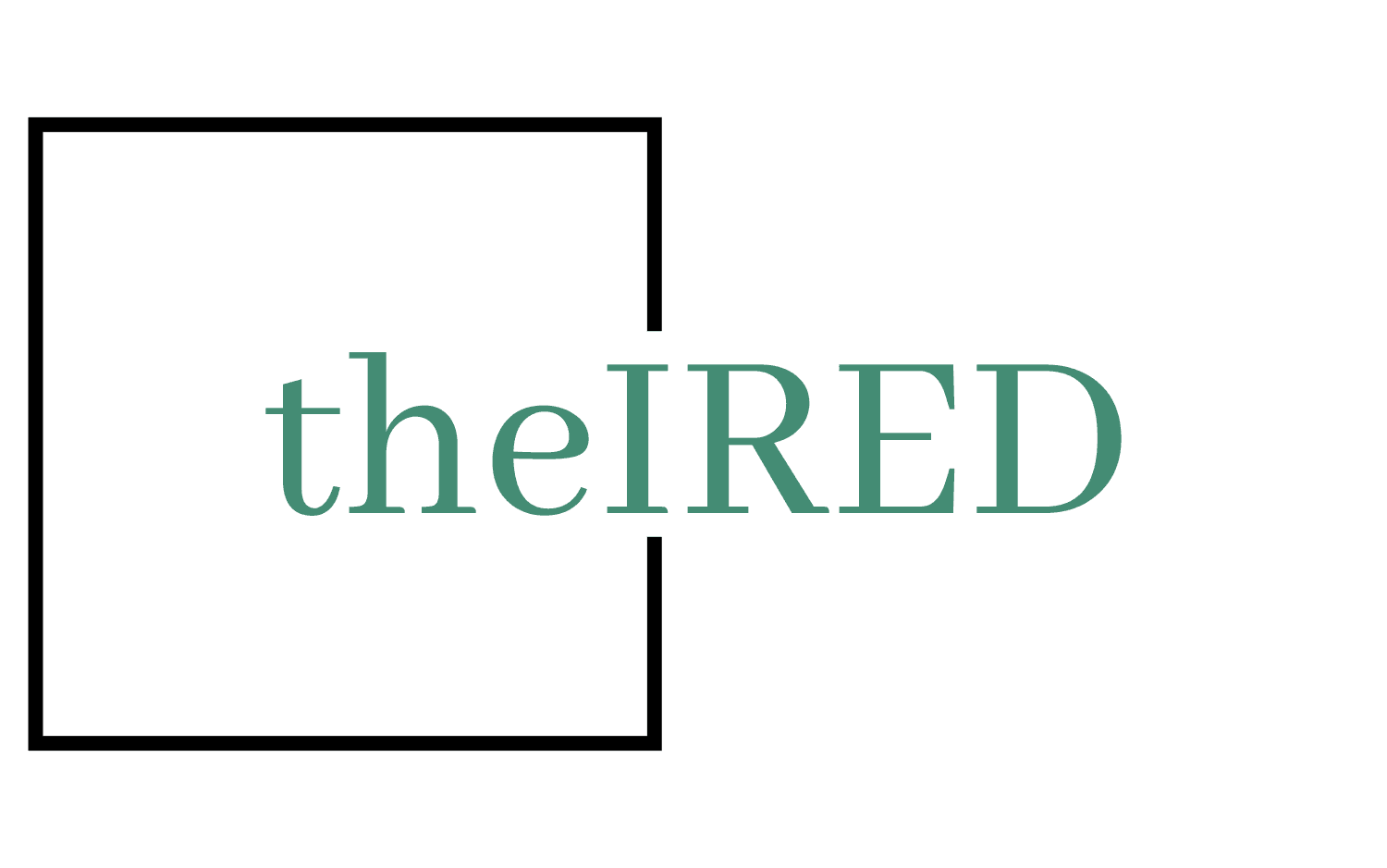ON TESTING SAFETY PROPERTIES OF SYNCHRONOUS FSM COMPOSITION
Published In: 3RD INTERNATIONAL CONFERENCE ON ADVANCES IN INFORMATION PROCESSING AND COMMUNICATION TECHNOLOGY
Author(s): MAXIM GROMOV , NINA YEVTUSHENKO
Abstract: This paper studies the safety issues of the synchronous composition of Finite State Machines (FSMs). Synchronous FSM composition is widely used when designing and analyzing various aspects in hardware implementation including so-called Trojan subcircuits. When an external input sequence is applied and component FSMs cannot agree on matched internal actions or there are different matching options, the sequence can destruct or block a corresponding device and thus, should be clearly avoided. In this paper, we propose a formal approach for analyzing which external input sequence can induce such situations (if any) and then to derive a finite automaton that represents the set of all possible safe external input sequences
- Publication Date: 11-Dec-2015
- DOI: 10.15224/978-1-63248-077-4-97
- Views: 0
- Downloads: 0
WHAT THE WHITE GOODS SECTOR SHOULD UNDERSTAND IN ORDER TO JOIN THE INTERNET OF THINGS ECOSYSTEM IN THE CONNECTED HOME
Published In: 3RD INTERNATIONAL CONFERENCE ON ADVANCES IN INFORMATION PROCESSING AND COMMUNICATION TECHNOLOGY
Author(s): CARLOS ALBERTO LOPEZ CASTANO , LUIS FERNANDO CASTILLO OSSA
Abstract: The implications of the Internet of Things (IoT) regarding business can be observed under multiple perspectives. Some of these perspectives involve the development of new products, innovation, inter-firm collaboration or competition. However, in this research, the problem is analysed from the perspective of the IoT ecosystems in the connected home, which tries to identify the element structure in order to maximize the information value creation for the white goods sector. This document explores the evolution of the Internet of Things in the home with a business focus point in terms of information value. This is based on an extensive review of literature while analysing the phenomena incidence of industry and organizations. Likewise the challenges and opportunities that the household appliance companies represent are visualized, the business model framework is used in order to contextualize the problem, find a knowledge gap and integrate the stakeholders conceptions about the Internet o
- Publication Date: 11-Dec-2015
- DOI: 10.15224/978-1-63248-077-4-98
- Views: 0
- Downloads: 0
